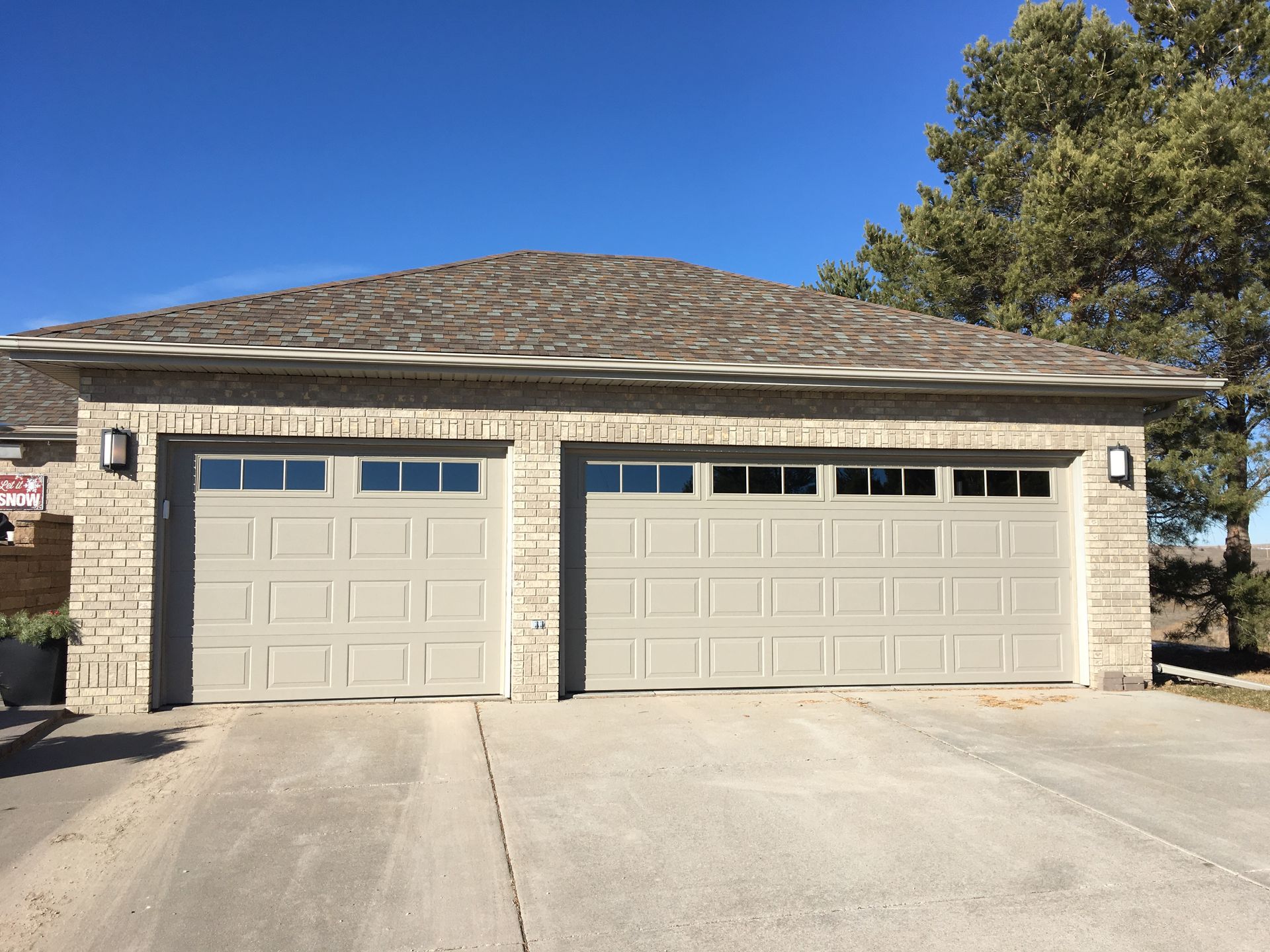Adding a second layer of shingles might seem like a quick fix for roof issues, but is it the best choice for your home? Let’s break down the pros and cons, building code considerations, and expert alternatives.
Weighing Cost-Savings Against Long-Term Risks
Pros: Adding a second layer of shingles can save on labor costs and time by bypassing the tear-off process. It's a commonly chosen option for those seeking budget-friendly roofing solutions.
Cons: Over time, this approach can cause issues, including:
- The extra weight can strain your roof’s structure, potentially causing sagging or other damage.
- Difficulty identifying and fixing underlying problems, like leaks or rotting wood.
- Reduced lifespan of the new shingles due to heat retention and uneven application.
Building Code Considerations
Before layering shingles, be sure to check local building codes, as most areas allow only two layers. Exceeding this can lead to insurance issues and safety concerns, so it’s crucial to consult professionals.
Why Weathercraft Advises Against Multiple Layers
Despite the initial appeal, Weathercraft advises against adding another layer of shingles. Here are the reasons why:
- In-Depth Repair Process: Removing the old shingles allows us to identify and repair hidden structural issues, ensuring long-lasting results.
- Enhanced Performance: Starting with a clean slate ensures the new shingles adhere properly and last longer.
- Sleeker Appearance: Single-layer installations lay flatter and look more polished.
Other Budget-Friendly Roofing Options
For those on a budget, here are several alternatives to adding another layer of shingles:
- Targeted Repairs Instead of Full Replacement: Instead of redoing your entire roof, focus on repairing individual problem areas.
- Opt for Energy-Saving Roofing Solutions: Choose shingles with better insulation to save on energy bills in the long run.
- Flexible Financing Plans: Weathercraft offers affordable options to spread out roof replacement costs.
